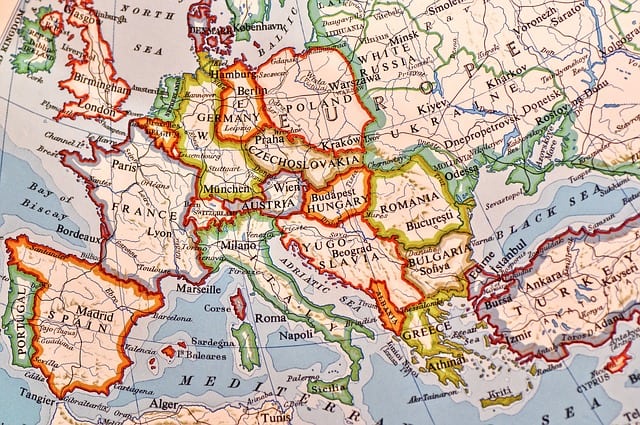The total consumption potato harvest in four of the five major potato producing countries in the EU is estimated at least 20 per cent lower than last year and under 20 million tons brut. This estimation is made by the NEPG (North-Western European Potato Growers).
As the yields figures for Great Britain are not yet available, this estimated harvest is only based upon continental Europe. For Great Britain, the final results will be available by the end of this year as harvest is still ongoing there.
From all big five potato countries is an enormous variation between irrigated and non-irrigated fields reported, however also between varieties or locations. Trial digs on the continent show yields between 18 and 80 tons per ha.
The average yields in the four countries are the lowest since many years, and 13.1 per cent lower than the five-year average. The area for the five countries increased with one per cent this year towards 595,587 ha.
Belgium
In Belgium the actual estimation is 38.1 tons per ha a decrease of 29 per cent compared with last season, and 24 per cent with the five-year average. Not only the variety Bintje performed less but also the more modern processing varieties. It is important to note that no more than 3 per cent of the total potato area is irrigated in Belgium. Other countries report 14 to 20 per cent lower yields.
Tuber Quality
Not only the volume but also the size of the tubers is smaller. Main quality issue this year is secondary growth with as a consequence low dry matter contents, floaters and glassy potatoes and sugar ends on chips. These problems mainly affect Bintje, but other main chipping and table varieties show similar problems but at a lesser extent. These quality issues bring huge problems for farmers, traders and processors, and additional costs for sorting out (washing, salt bath) and process all the batches with problems….Therefore the NEPG estimates that the final crop suitable for processing or fresh table use will be much lower and could be the lowest figure over the last 10 years.
As the demand from the processing industry has increased with 15 per cent since 2012 it is obvious that the actual and expected free market prices will remain at a high level. The NEPG will publish the final harvest figures at the end of this year.
2019 Campaign
For the coming campaign, because of the lower yields for the production of potato seeds in 2018, the availability on some varieties mainly on the biggest tuber sizes, mainly for processing industry, could be a challenge, for example for early varieties.
The first indications on the contract prices for early varieties show a significant increase.
Finally, more and more restrictions are observed on crop protection products, that can lead to increase the cost of production and/or put more risks on potato growing.











